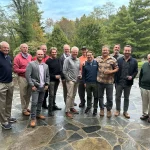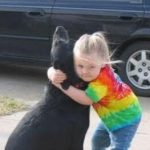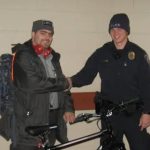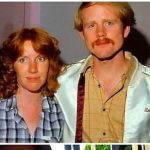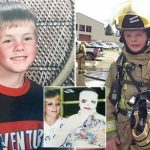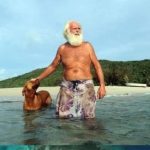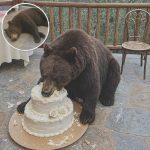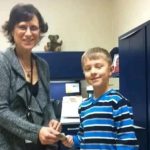Early Life & Passion for Nature (1934–1956)
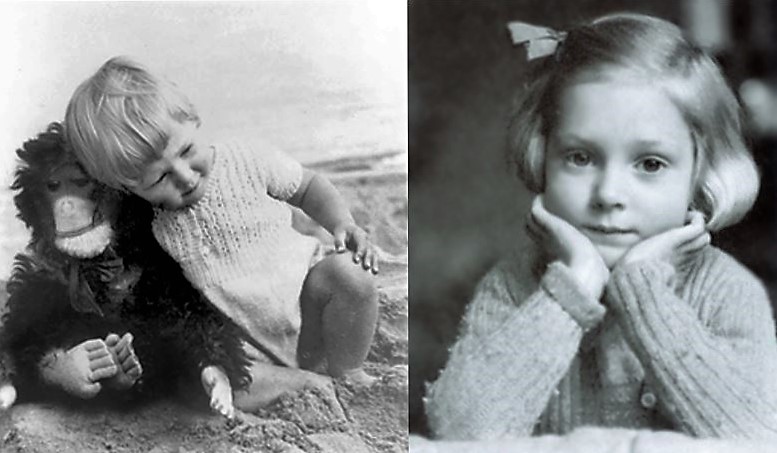
Early Life & Passion for Nature (1934–1956)
Jane Goodall’s journey into the heart of nature began long before she set foot in the jungles of Africa. Born on April 3, 1934, in London, England, Jane was raised in a family where books and curiosity were valued above all else. Her father, Mortimer Herbert Morris-Goodall, was a businessman, while her mother, Vanne Morris-Goodall, was a novelist — both of whom fostered a love of knowledge in their daughter.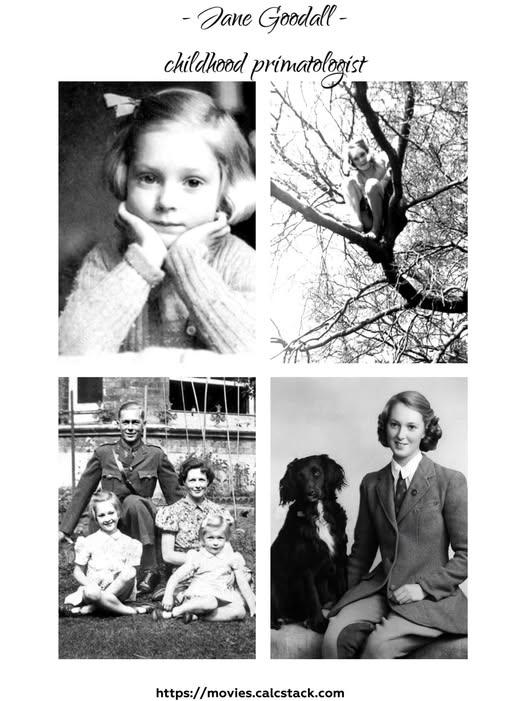
From a young age, Jane was far from the typical child. While others played with dolls, Jane found joy in the simple wonders of nature. She would spend hours observing animals, listening to the rustling of leaves, and imagining herself in the lush jungles of Africa. One of her most famous childhood stories is of her sitting in a chicken coop for four hours, patiently waiting to see how a hen laid an egg. Her family, frantic with worry, searched high and low for her, only to find Jane emerging from the coop with eyes full of wonder. She had just witnessed “one of nature’s miracles.” This moment of quiet curiosity would become the foundation of her groundbreaking scientific career. 
In addition to her love of animals, Jane was an avid reader of adventure tales such as Tarzan of the Apes and The Story of Doctor Dolittle. These stories fueled her dream — a dream to one day live among animals in Africa. In the conservative England of the 1940s, this dream seemed impossible, especially for a young woman. But Jane’s passion and unwavering belief in her vision were not easily shaken.
After finishing high school in 1952, Jane faced a harsh reality — she could not afford the tuition for university. But rather than let this setback deter her, she took up various jobs as a secretary, waitress, and typist, saving every penny toward one goal: reaching Africa. For Jane, the road to her dream was not paved by formal education but by determination, perseverance, and a deep love for the natural world.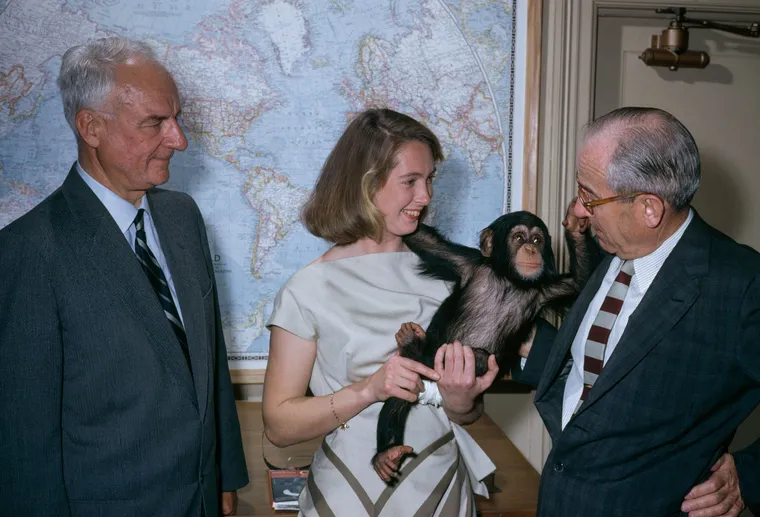
The 1950s became her training ground. During this time, she learned the values of discipline, patience, and keen observation — skills that would later become essential when studying chimpanzees. And then, as if guided by destiny, her dream began to materialize. In 1957, she finally made her way to Kenya, where she would meet the renowned archaeologist Louis Leakey. Leakey, impressed by her passion and curiosity, saw in Jane the potential to study primates in ways that had never been attempted before. Soon, she would find herself deep in the forests of Gombe, Tanzania, where she would change the course of science and redefine what it means to be human.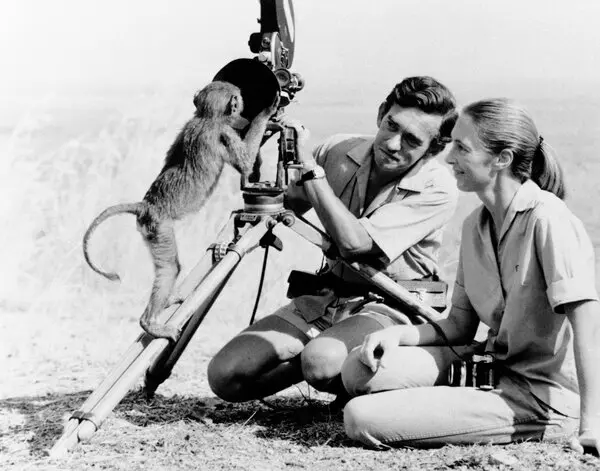
Jane Goodall’s early years were defined by a deep and unshakeable curiosity about the natural world. Her childhood wonder and her perseverance in the face of obstacles set the stage for a journey that would transform our understanding of animal behavior and the complex relationships between humans and the creatures with whom we share the planet.
